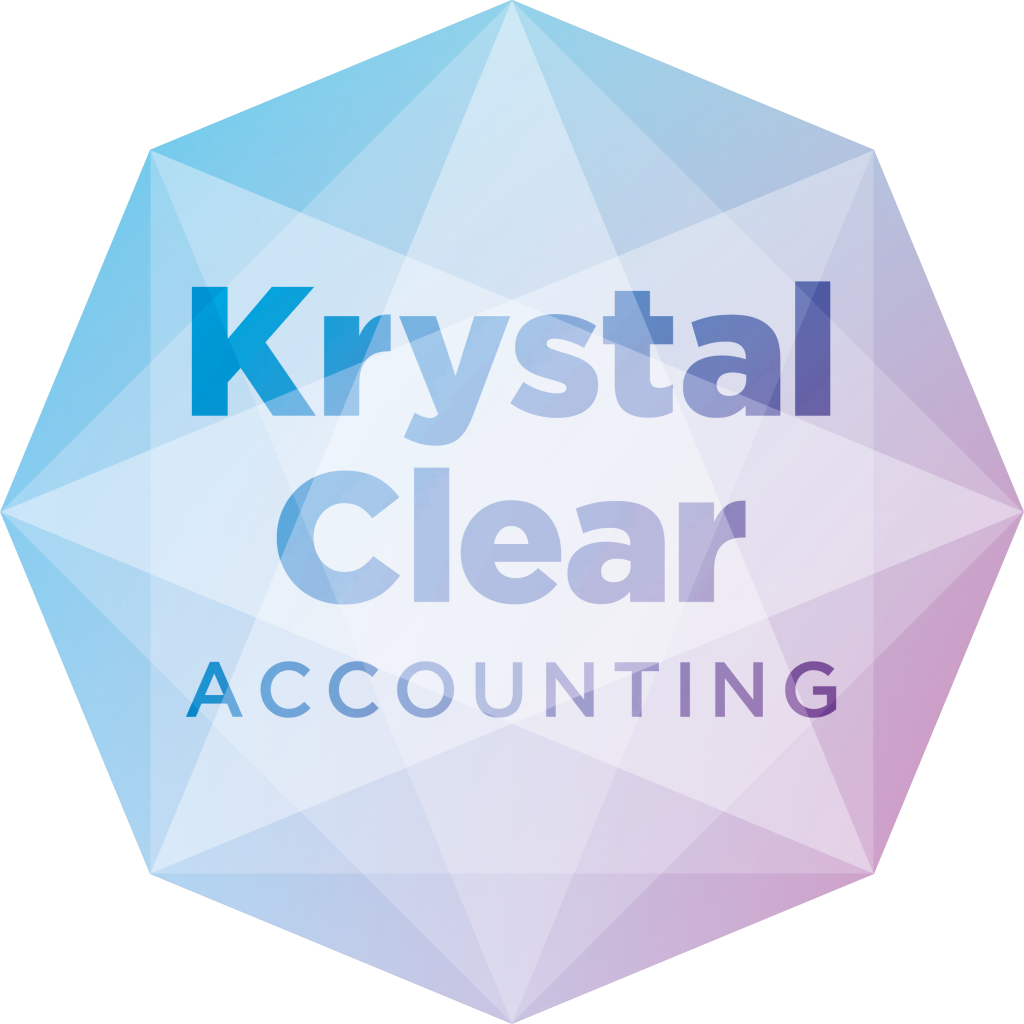
Can my business survive the cost of living crisis...
This time last year most businesses were starting to recover with the lifting of the last Covid19 restrictions.
Since then, businesses have been busy trying to get back to ‘normal’ and repair their battered finances.
A year on and what was a bad situation has got a whole lot worse. Soaring fuel and energy costs. Rising inflation. Rising interest rates. Difficulty in finding staff. Falling consumer confidence.
It all adds up to a worrying time and recent research found that almost a quarter (23% to be exact) of business owners feared their company wouldn’t survive the current financial year.
So what can you do to give your business the best possible chance to avoid bankruptcy and survive the current cost of living crisis?
This article will answer that question by outlining 7 simple strategies that any business owner can use to bring in more cash and reduce the likelihood of their business failing.
Let’s get started…
Strategy 1 : GET THE CASH IN
One of the most obvious ways to make sure there’s enough cash in the bank to pay the bills is to get your customers to pay you on time. Every time.
Cash collection is seen by many as being a difficult and time-consuming task so tends to be left. This is a big mistake. To avoid running out of cash you need to find a way of collecting it.
You can discover lots of practical ideas on how to do this in our article ‘HOW TO IMPROVE CASH FLOW?‘
Every one of the 11 practical ideas are easy to implement and won’t cost you a penny…..but will get you better results….
Strategy 2 : KNOW YOUR CASH POSITION
With the increasingly gloomy economic outlook it’s imperative to hold onto the cash. With cash you can pay the bills. Without cash you’re out of the game. Remember – you cannot control what happens in the UK economy or the wider world but you can focus on controlling the controllables within your power…. your business
Given all the uncertainty it’s more important than ever that you have a cashflow forecast. A cashflow forecast tells you what your cash position is now AND what you can expect it to be over the next 13 weeks.
If you discover, thanks to the cashflow forecast, that there is a cashflow problem on the horizon then at least you have time to take corrective action.
That might mean agreeing payment plans with suppliers or HMRC or, alternatively, arranging some external finance.
Simply by having a piece of paper which clearly shows what the bank balance is likely to be in the coming months is massively helpful and will certainly reduce the number of sleepless nights.
Strategy 3 : REDUCE COSTS
With costs rising it is important and sensible to remove any waste or unnecessary costs. By keeping costs lean and cutting out the waste it means more cash is kept in the business.
The 3 BEST ways to reduce the costs in a business are: –
· INCREASE EFFICIENCY – eg a factory streamlining a manufacturing process so fewer raw materials are bought and/or less staff time (& cost) is needed.
· CUT WASTE – stop paying for services (eg IT software) that aren’t used any more
· PAY LESS – find a cheaper price BUT ONLY if the quality is not reduced
You can find many practical ideas on how to do this in our article ‘HOW CAN I REDUCE MY BUSINESS COSTS AND INCREASE PROFIT?‘
Strategy 4 : INCREASE PRICES
Even with prices rising so rapidly many business owners are loathe to put up their prices. They’re worried about losing customers.
BUT, any business who holds off putting up their prices is making a big mistake. That’s because, unless a business meaningfully increases its prices then their profit margins will shrink. That in turn will impact (in a bad way) the bottom-line profit and consequently the bank balance.
Increasing prices can feel scary so here are some possible strategies to help….
· Selective increases – Increase prices for certain customer groups (or certain products/services) to see the results before increasing prices elsewhere – eg start with prospective customers before existing ones.
· Communicate the value of what you do – so that customers can see what they’re getting is good value for money when compared to the price they’re paying.
· Increase the value given – Improving the current offering to benefit the customers can be used to help justify a higher price. As mentioned above, the new price represents a fair exchange of value – higher benefits in exchange for a higher price.
Strategy 5 : MAXIMISE CUSTOMER NUMBERS
The best way for a business to get more new customers is to convert more of the sales leads it already gets.
This strategy will be more cost-effective than just focusing on getting more sales leads….which is what most businesses do.
By improving the sales conversation rate a business will win more customers (which will in turn lead to higher sales and profits) BUT, without spending any more money on marketing.
Possible Strategies to improve sales conversion
· Speed – All sales leads are followed up very quickly – ideally within 10 minutes.
· Nurture campaign – Aims to build a relationship with prospects / sales leads who didn’t convert immediately BUT over time some will eventually say ‘yes’.
Strategy 6 : STOP CUSTOMERS LEAVING
It is not easy and certainly not cheap to win new customers.
It is very important, therefore, for a business to avoid losing all the good customers it already has. Improving customer retention means customers will stay for longer….and the longer they stay the more they will buy and the more profit the business will make.
Possible Strategies to stop customers leaving
Common strategies revolve around improving the understanding of the needs and wants of its’ customers…and then doing better at meeting them. For instance by :-
· Keep in touch – calling customers from time to time to maintain the relationship and highlight any possible issues which can be quickly sorted and not left to fester.
· Exit survey – ask customers who have left (or will be) why
· Customer survey – ask existing customers how happy they are & how you can do better.
Strategy 7 : GET CUSTOMERS TO BUY MORE
If customers are becoming harder, and more expensive, to win then it’s important to focus on the customers which you do have. To increase
sales and profits a business can either get their existing customers to buy more often OR buy more every time they do buy.
Possible Strategies to buy more often
Common strategies revolve around understanding the needs of its’ customers…and then doing better at meeting them. For instance by :-
· Compelling offer – using offers with deadlines give customers reasons to come back sooner
· Contacting customers – phone customers and book in earlier return appointments
Possible Strategies to buy more every time they do buy
· Add on buys – Where you’re offered something which is complimentary to what you’ve decided to buy. Eg McDonalds staff ask ‘would you like fries with that?’.
· Trade ups – A strategy often used in coffee shops and looks to get you to upgrade your initial purchase. Eg staff will say ‘just 20p more for a large coffee’.
· Impulse buys – Many retailers have impulse buy items (often confectionary) near the tills to tempt shoppers into adding an extra item into their basket at the last minute.
IN SUMMARY
To minimise the likelihood of your business succumbing to the cost of living crisis and failing, it is imperative that you have a clear plan of action AND a cashflow forecast.
The plan needs to focus on maximising profit and collecting the cash.
The cashflow forecast will tell you if there’s a possibility that you’ll run out of cashflow in the next 13 weeks….which gives you time to do something about it.
Considering each of the 7 strategies in isolation makes it so much easier to get clarity on what you could do, helps you decide what is the best way forward and what you’re actually going to do.
If you’d like to discuss any of the above or would like a chat to see how we can help, drop us an email to wecare@krystal-clear.co.uk or call one of the team on 0161 410 0020.


